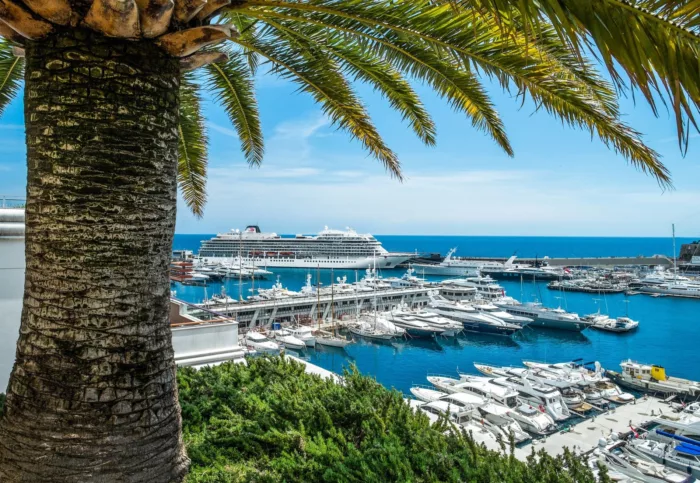Visiting:
Far East

Viking Ocean Cruises
Viking began as a river cruise line and entered the ocean-cruise market with the launch of the 930-guest Viking Star.
Viking has already made an indelible mark on the sector with its fleet of stylish, near-identical, adult-only ships.
The cruise line currently has 10 ships in its fleet.
930
Passengers
465
Crew
2018
Launched
48000t
Tonnage
227m
Length
29m
Width
20kts
Speed
9
Decks
EUR
Currency
Cruise Itinerary
Days 1 - 2
Tokyo, Japan
Days 3 - 4
Shimizu, Japan
Day 5
Osaka, Japan
Days 6 - 7
Hiroshima, Japan
Day 8
Beppu, Kyushu Island, Oita, Japan
Day 9
Kagoshima, Japan
Day 10
Nagasaki, Japan
Day 11
,
Day 12
Keelung (Chilung), Taiwan
Day 13
,
Days 14 - 15
Hong Kong, Hong Kong

Days 1 - 2
Tokyo, Japan

Days 3 - 4
Shimizu, Japan

Day 5
Osaka, Japan

Days 6 - 7
Hiroshima, Japan

Day 8
Beppu, Kyushu Island, Oita, Japan

Day 9
Kagoshima, Japan

Day 10
Nagasaki, Japan

Day 11
,

Day 12
Keelung (Chilung), Taiwan

Day 13
,

Days 14 - 15
Hong Kong, Hong Kong
Ship Details


Viking Ocean Cruises
Viking Orion
With their sleek, yacht-style bows and teak promenade decks, Viking’s ocean ships are a million miles from the large liners that sail the seas.
Cabins
All Prices

















